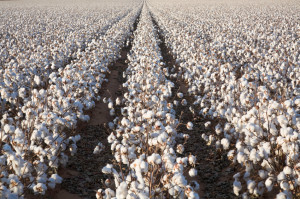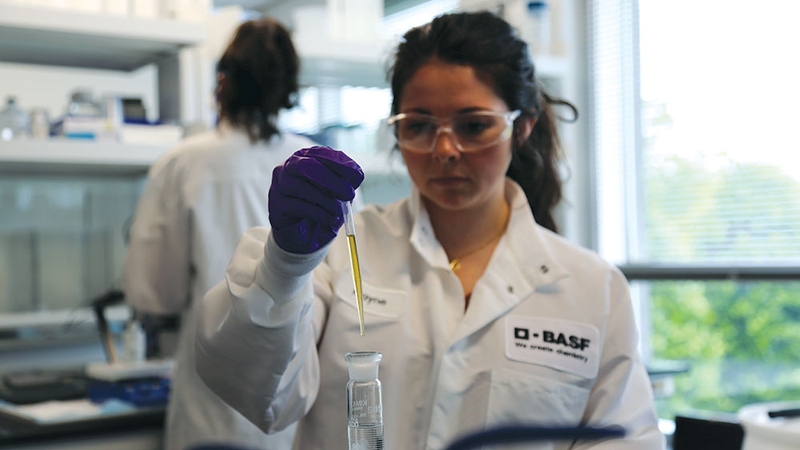Cotton Grabs Headlines in Trading Tiff

The cotton world is buzzing about the lawsuit filed by former Glencore Senior Trader Mark Allen, who is suing Louis Dreyfus Commodities’ Allenberg Cotton and Term Commodities divisions for allegedly trying to corner the cotton market on the Intercontinental Exchange last year, thus artificially inflating prices of New York cotton futures. The major players are not commenting publicly on the situation, but cotton and textile professionals are watching carefully because the long-term outcomes could have a major impact on the trade.
In the lawsuit filed as a class-action, Allen contends that Louis Dreyfus artificially inflated prices when they passed up the opportunity to purchase less expensive cotton in the cash market and sell their higher priced futures contracts on ICE.
It’s one of the highest-profile market manipulation lawsuits in years; such suits are rare because they require evidence that the defendant consciously manipulated the market to create an artificial price — and intent is not an easy thing to prove.
ICE is unquestionably a viable risk-management tool that plays a crucial role in the cotton trade, but the possibility exists that it can be used as a “competitive weapon.” Companies have the right to buy and sell however and whenever they please, but using an exchange market to squeeze a rival is a more contentious topic, and the size of the lawsuit could explode if other parties — such as mills that were forced to pay record prices for their raw materials when the cotton market spiked — decide to join the suit. First, U.S. courts will need to certify that a class exists and that a class-action claim is appropriate.
The tremendous strain that the industry is going through puts pressure on all cotton and textile professionals and reinforces the message Cotton International has been emphasizing for the last couple of years: The links of the supply chain are drawing ever tighter, and the key to survival is greater communication and transparency throughout the chain. If any one sector takes a beating, everyone feels the pain, from grower to retailer. Stay tuned in the coming weeks and months for continuing coverage on this topic.








